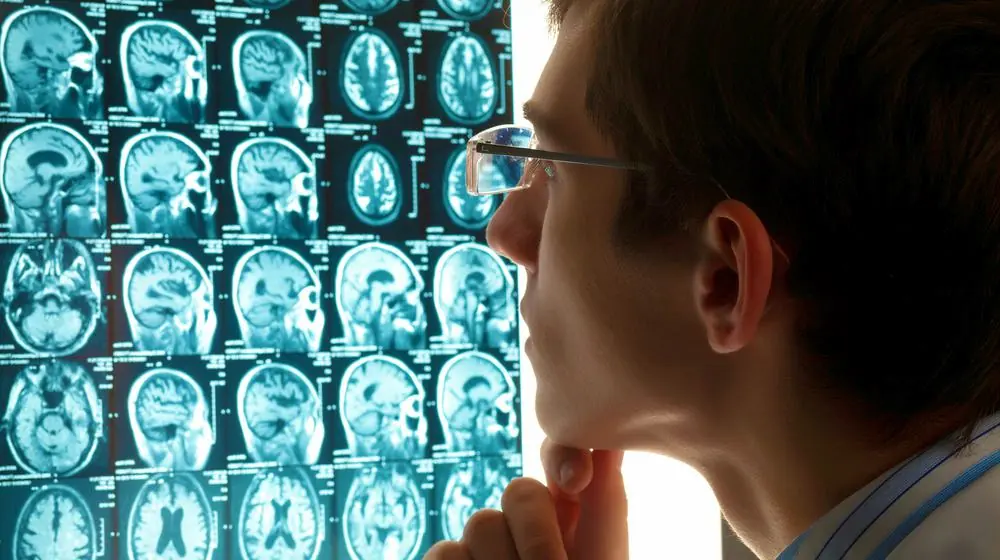Driving Following a Stroke
Driving Following a Stroke – As people get older, many different health complications start to become more common. As this happens, it is essential for people to be aware of all the risks. One of the many problems that people need to keep in mind is the development of a stroke. A stroke is a blood clot that forms in the brain, choking off blood flow to certain parts of the nervous system. According to statistics from the Internal Stroke Center:
- A stroke is the third-leading cause of death in this country, leading to more than 140,000 deaths annually.
- A stroke is one of the leading causes of long-term disability in the United States.
- Close to 800,000 people will suffer a stroke every year.
- The risk of suffering a stroke doubles for every decade over the age of 55.
These statistics help to demonstrate just how severe a stroke can be. For those who survive, the complications of a stroke can significantly impact their ability to drive.
How Does a Stroke Happen?
A blood clot forms in the brain, causing a stroke. There are two main ways that this can happen. These include:
- Thrombus: A thrombus is a clot that develops in the blood vessels of the brain. Over time, plaque builds up on the inside of the arteries until it eventually obstructs all blood flow through the brain, leading to a stroke.
- Embolism: An embolism is a clot that develops in another area of the body and subsequently migrates through the circulatory system to the brain. When it arrives in the brain, it gets stuck there and causes a stroke.
A stroke can have different symptoms depending on where in the brain it forms.
Consequences of a Stroke: Difficulty Driving
When someone suffers a stroke, he or she can have trouble driving even after the event. Some of the reasons include:
- A stroke in the frontal lobe can remove people’s judgment and inhibition, making them unsafe drivers.
- A stroke in the motor cortex on either right or left side could make it difficult for people to use one-half of their body. This impacts the motor coordination that is required to drive safely.
- A stroke in the occipital lobe can have an impact on someone’s vision. This can make it hard for people to spot objects and react to changing road conditions.
This can increase the chances of someone having a car accident.
Assistance from a Lawyer
When someone is involved in a car accident, there are many issues to think about. People’s safety and medical recovery should be their first and foremost concern. However, there are a lot of questions that people often have. For help, you should turn to a car accident lawyer in Sacramento for assistance.
Watch YouTube Video: This is What a Stroke Does to Your Body. This animated video explains how a stroke happens and how you can recover if you have a stroke.
Related Articles
Sacramento Car Accident Lawyers
I’m Ed Smith, a Sacramento Car Accident Lawyer. A stroke can severely impact someone’s ability to drive. If you or a loved one has suffered injuries in a car accident, call me at (916) 921-6400 or (800) 404-5400 for free, friendly legal advice.
I am honored to be a member of the Million Dollar Advocates Forum.
Check out our verdicts or settlements here.
Visit Yelp, Avvo, & Google for our past client reviews.
Driving Following a Stroke: AutoAccident.com
Image Attribution: The photo at the start of this article is seen in its original form on Unsplash. The image has been reproduced here with permission/ Driving Following a Stroke.
:dr cha [cs 630] cv

